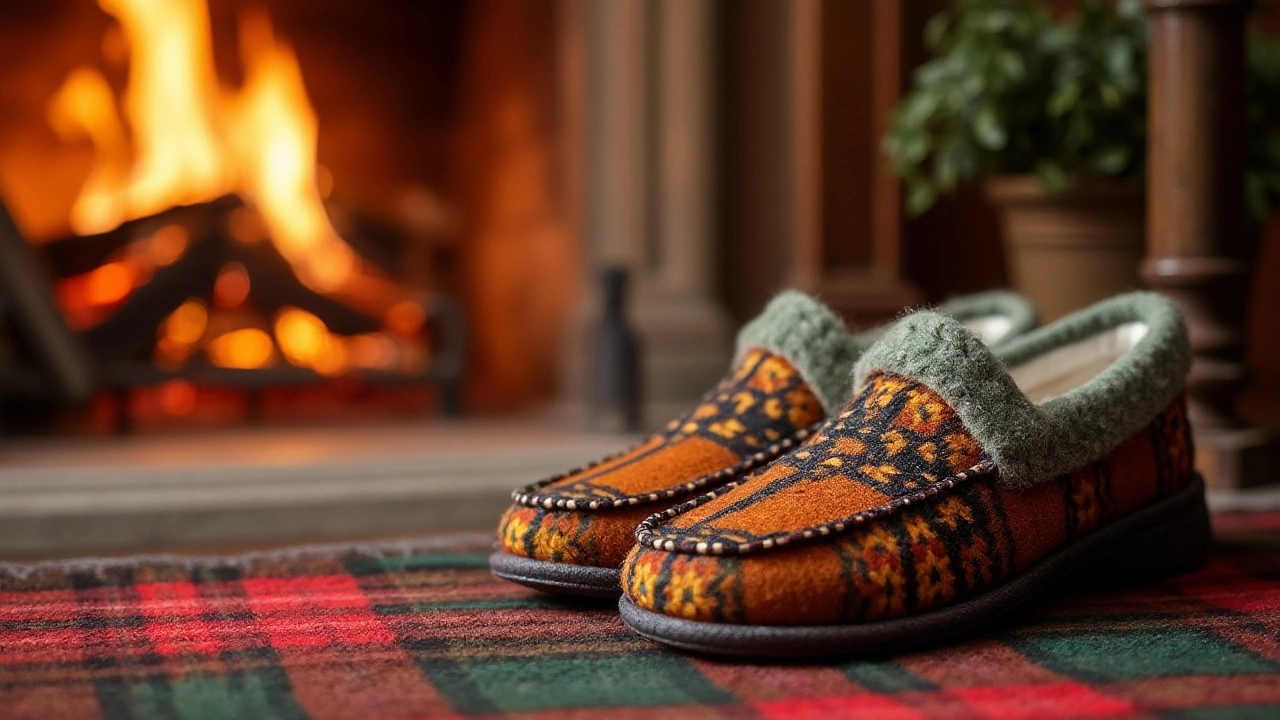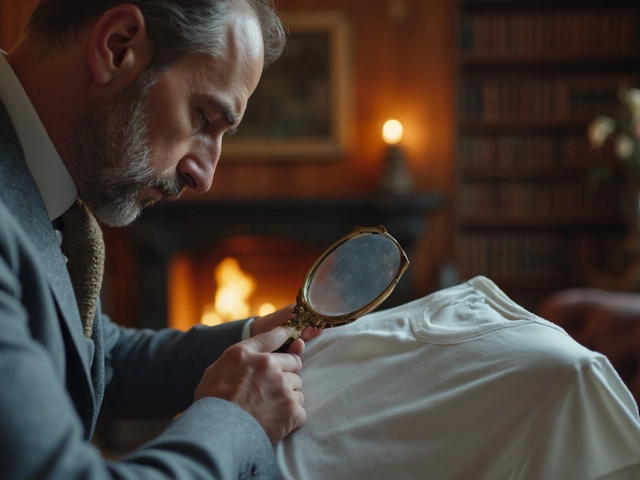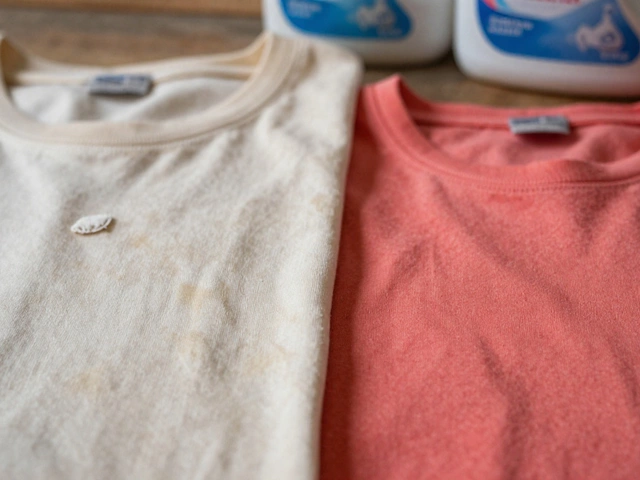Traditional Footwear: Why Handcrafted Shoes Still Matter
If you’ve ever walked into a boutique and felt the soft kiss of leather or the sturdy weave of a woven sole, you’ve experienced traditional footwear. These aren’t just shoes – they’re pieces of culture stitched together by skill, history, and a love for quality. In a world of mass‑made sneakers, a pair of handcrafted boots or sandals can make you stand out while giving your feet the comfort they deserve.
Traditional shoes are usually made locally, using techniques passed down through generations. Think of a cobbler shaping leather on a wooden last or a weaver looping natural fibers by hand. Because every step is done by a person, not a machine, each pair has its own little quirks – a slightly deeper stitch here, a hand‑burned edge there. Those quirks are what give the shoes character, and they often mean the footwear lasts much longer than a cheap, factory‑made pair.
What Makes Footwear Traditional?
First, the materials. Traditional makers prefer natural fibers like leather, wool, cotton, and jute. These materials breathe, move with your foot, and age beautifully. Second, the process. Hand‑cutting, stitching, and finishing replace automated seams, so the shoe molds to the shape of your foot over time. Third, the story. Many designers draw inspiration from local folklore, historic patterns, or regional colors, turning a simple shoe into a cultural statement.
For example, a pair of Scottish brogues often carries a subtle dagger‑like perforation known as a “brogue” that originally helped water drain from wet terrain. In Elgin, you might find shoes that echo the tartan patterns of the Highlands. Those details connect you to a place even if you’re shopping online.
How to Choose & Care for Traditional Shoes
When you pick a pair, start with fit. Traditional shoes often have a snug toe box that lets your foot move naturally, but they shouldn’t pinch. Walk around the store or ask the seller for a short break‑in period. Look at the stitching – it should be even and tight, with no loose threads. A good pair will have a leather sole that’s slightly flexible; a hard, cracked sole is a red flag.
Once you own them, caring for them is simple but essential. Clean leather with a soft brush, then apply a light conditioner every few months. For suede or woven shoes, a gentle brush will keep the nap upright. Store them on a shoe rack or in a breathable bag, and toss a pair of shoe trees inside to keep the shape.Remember, traditional footwear loves a little love. A quick polish can bring back the shine, and a dry‑cleaning brush can revive a worn‑in weave. If you notice a loose stitch, most local cobblers can fix it on the spot – and that’s part of the charm.
So whether you’re after a classic leather boot for rainy days or a hand‑woven sandal for summer strolls, traditional footwear offers style, comfort, and a story you can wear. Give them a try, and you’ll feel the difference in every step.

Discover the Scottish 'Baffies' - A Closer Look at Traditional Slippers
Exploring the charming world of Scottish slippers, commonly known as 'baffies', this article delves into their cultural significance and various styles. It uncovers the origins of the term and its enduring popularity in Scotland. Readers can learn about the fabric and design preferences that make these slippers unique. Whether seeking comfort or a touch of Scottish heritage, baffies present a fascinating insight into traditional footwear.




